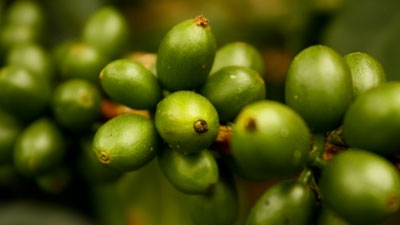Challenge
Latin America has been adopting GMOs at a faster rate than any other region of the world. This rapid adoption rate is the commercial outcome of the manifest delivery to the region’s agricultural economy of benefits linked to the initial products of biotechnology. Concern is mounting, however, about the accelerating adoption of GMOs in Latin America without sufficient and scientifically-sound biosafety assessment, management, or decision-making instruments. Although, the region is improving its capacity to implement biosafety regulations in compliance with international standards and treaties, establishing biosafety capacity is complex, not only due to the unique and difficult problems facing mega-diverse countries in addressing environmental risk, but also because of the range of technical topics involved, encompassing biological, climatic, socio-economic, health, legal and political aspects.
Solution
The World Bank’s rural development strategy highlights enhancing agricultural productivity and competitiveness as key pillars for rural poverty alleviation. The WDR 2008 “Agriculture for Development” states that “An important opportunity to contribute to the pro-poor agricultural development agenda will be missed if the potential risks and benefits of transgenics cannot be objectively evaluated on the basis of the best available scientific evidence and taking into account public risk perceptions” and that “countries and societies ultimately must assess the benefits and risks for themselves and make their own decisions”. In this regard, the Bank is committed to helping developing countries assess, explore, and safely use biotechnology and other new technologies when the appropriate regulatory frameworks are in place. Towards that end, the Bank has been supporting agricultural research capacity in some 30 projects since 1995. This is the first multi-country biosafety project that the Bank has implemented globally.
